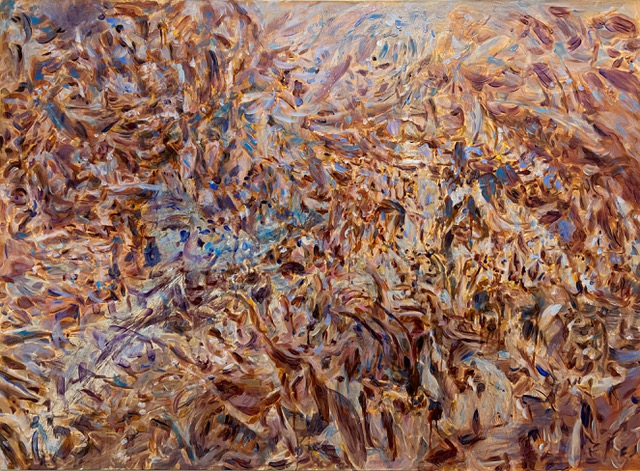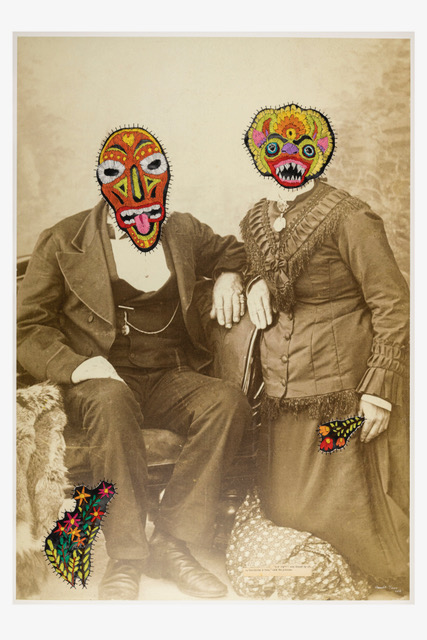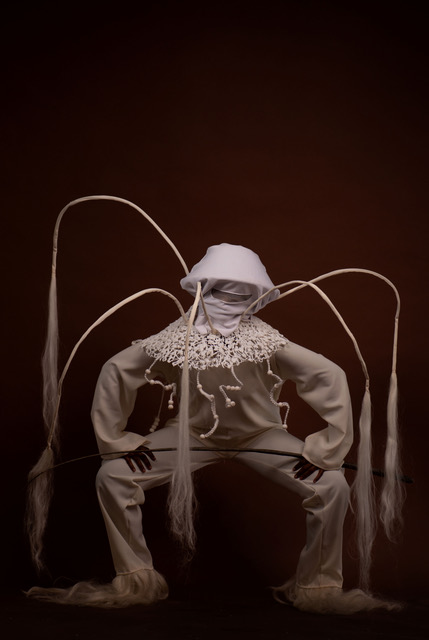MATTERS OF THE ART
The winter of art’s discontent

The winter months are somewhat of a cultural desert for Cape Town’s art scene. That said, group shows seemed to be the common fare, as curators, artists and their galleries found imaginative ways to draw in audiences, writes art researcher and consultant Mary Corrigall.
Under a tenebrous sky, three seals lie motionless on the pier in Kalk Bay Harbour. Due to the inclement winter weather, there are no fishermen to charm into giving them some fresh off-cuts or tourists for whom they like to perform. They are not the only denizens of Cape Town waiting for sunnier days and the crowds of people that spring and summer bring. Artists, art dealers and even the few art writers left looking for stories worth pursuing, seem to have been stuck in a holding pattern this cruel winter.
You wouldn’t think that the art industry is a seasonal one, but in Cape Town, which relies so heavily on tourists and the swallows – foreigners who live in the city in summer – to keep it afloat, the winter months are somewhat of a cultural desert.
Cape Town winters are not for sissies. As any new resident here will discover, your status is measured in how many winters you have survived. Five could earn you the Capetonian sobriquet. Undoubtedly, this winter is said to have been one of the worst – though other parts of South Africa have also suffered a cruel season, with lashings of snow for some.
Not surprisingly, those dealers with the resources to head to Europe in summer and take part in fairs on that continent focus their energy on those events. For the top end of the art market – Goodman, Stevenson, Smac, Blank Projects – that meant Art Basel in June.

Hannelie Tautes, ‘Last-night I was kissed by oh oh so handsome a man, said the princess’ (2022). (Photo: Courtesy Ecletica Contemporary)
Blank Projects handed over their gallery space to young artist-run spaces (Fede Arthouse, Under Projects) to curate a show. Fullhouse, the title of the show, might not have offered the most exciting (or new) collection of works. The emphasis was on the mode of display, with works presented on shelves, turning this Woodstock gallery inside out, with a veritable storage space (their notion of a library for art) being the attraction.
This was probably one of the best uses of gallery space during this downtime. It revived the idea of Blank Projects as one aligned with experimental practices and a boost to the CVs of young curators and artists. It was also heart-warming to see the gallery full of visitors on the opening day – living up to the title of the show. Openings have not been attracting big numbers. Only a handful of people were around on the morning of the opening of Blank Project’s 10th-anniversary show in May.
Some galleries closed for part of the season – THK gallery, which has a branch in Cologne, Germany, closed for refurbishments. The Deepest Darkest Gallery, in De Waterkant, may have closed for good. Their sign has gone and when this writer reached out to their director, Deon Redman, there was no response and therefore no confirmation whether they will reopen.
No one expects accidental visitors to the Woodstock galleries. Yet those galleries based in the city centre, in the Church Street art node – Eclectica Contemporary, Nel, AVA, World Art, 99 Loop, Ebony/Curated – are also quiet when you drop in. During the week, you are commonly the only person perusing the gallery. This is telling given the galleries here are in a busy hub and closer to tourist stomping grounds.
Visitor numbers to galleries in this area have not returned to pre-Covid figures, remarked Shamiela Tyer, founder of Eclectica. This has motivated them to participate in fairs in Morocco (1-54 African Contemporary Fair) and the relaunched RMB Latitudes fair, which 99 Loop and World Art also did, to access buyers in Joburg.
One of the dealers on Church Street suggested that since the Zeitz Museum of Contemporary African Art opened in the V&A precinct at the Waterfront in 2017 tourist visits to galleries in the city centre have decreased. The thinking is that when tourists opt to do an “art day” they are ferried to that public/private museum space rather than wandering around the city exploring art there.
Art stars Zanele Muholi and Portia Zvavahera held solo exhibitions at Southern Guild and Stevenson respectively, forming the highlight shows of the season. However, group shows seem to be the common fare for the winter months. Why the Long Face? at 99 Loop Gallery perhaps summed up the mood in Cape Town during this bleak season, reflecting the sombre mood that rain and wind can usher. Paul Wallington’s painting End of the World (2022), featuring a weathered white man catching a glimpse of himself in a mirror, was the apotheosis of this bleak vibe. Carolina Salinas’s paintings of summer leisure activities by the beach took on a nostalgic turn.
Another group show at the gallery that followed in August, titled With Feeling, continued in this darker or “quieter” mood that had cloaked the city with works centred on “contemplative thoughts”. This largely manifested in abstract works by Akshar Maganbeharie, Fatima Tayob Moosa, Xanthe Scout Lardner-Burke and Zarah Cassim. Works by Cassim were defined by dark tones and focal points, implying that contemplation could lead to an unknown abyss. Fortunately, the energy of the marks, colours and shapes in the abstract works by Moosa and Maganbeharie could be considered visually uplifting – perhaps encapsulating the ebb and flow of thoughts, rather than the idea of dwelling or drilling into an emotion.
Not all of the group shows on Church Street were tinged with the inward-looking winter mood. Ecletica Contemporary opted to embrace the Women’s Month-themed wave that typically ripples across the cultural scene in August. As is the case with these kinds of shows, it is the gender of the artist that determines the art that is selected rather than a particular aspect of their art.
The title of the exhibition, Incantation, which was said to be inspired by the Latin roots of the word, referring to the “art of enchanting”, was intended to show how artists (female and non-binary) set out to “disrupt the dominant ways of seeing, thinking and being that inhibit one’s ability to reimagine, re-describe and reinvent” gendered perceptions.

Legakwanaleo Makgekgenene, ‘Botlola Sethuthuntshwane II (2023).
The most obvious or direct disruption was realised by Hannelie Taute, who used bright threads and rubber motifs to obscure the faces of the subjects of vintage or archival images from what appears (based on the clothing) to be the Victorian era. Her incursions, shall we call them, onto these images parade a punk sensibility. With bright masks from ancient cultures covering the faces of the dated subjects, she summoned what could be deemed a cultural collapse. These works tied in with the other photographic and video works in the exhibition referring to a performance facilitated by different kinds of masks we tend to associate with a female vocabulary of dress, colour and embellishment. Naturally, such devices should ordinarily “enchant” viewers, but they can do the reverse in the hands of artists.
In Mofenyi (Sethuthuntshwane IV), 2023, Legakwanaleo Makgekgenene presents an image of a person (might not necessarily be a woman) in a hazmat suit of sorts though its provenance is muddled by elements that evoke a beekeeper’s protective hat. Protruding growths sprout what appears to be blonde hair – appearing like sangoma’s wands. This elaborate costume, which obscures the identity of the subject, works at creating an alien creature that sits on the edge of our understanding and one that exists beyond the bounds of gender or nationality.
In September, Capetonians will be shedding less-elaborate winter disguises than those that Makgekgenene can dream up. However, the focus of attention is unlikely to be on the exhibitions in Cape Town’s CBD or Woodstock galleries but on the Joburg scene, which will be alive with all sorts of events and exhibitions to tie in with the FNB Art Joburg, which takes place in that city early in the month. DM
This text was produced as part of an independent journalism development project by African Arts Content focused on the Church Street art node in Cape Town.




















 Become an Insider
Become an Insider
Comments - Please login in order to comment.